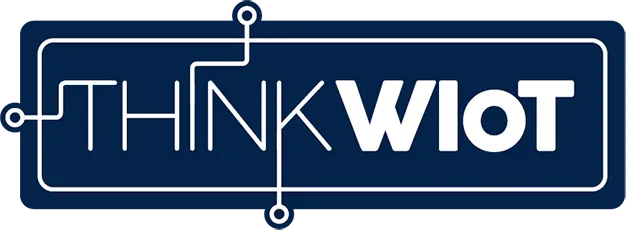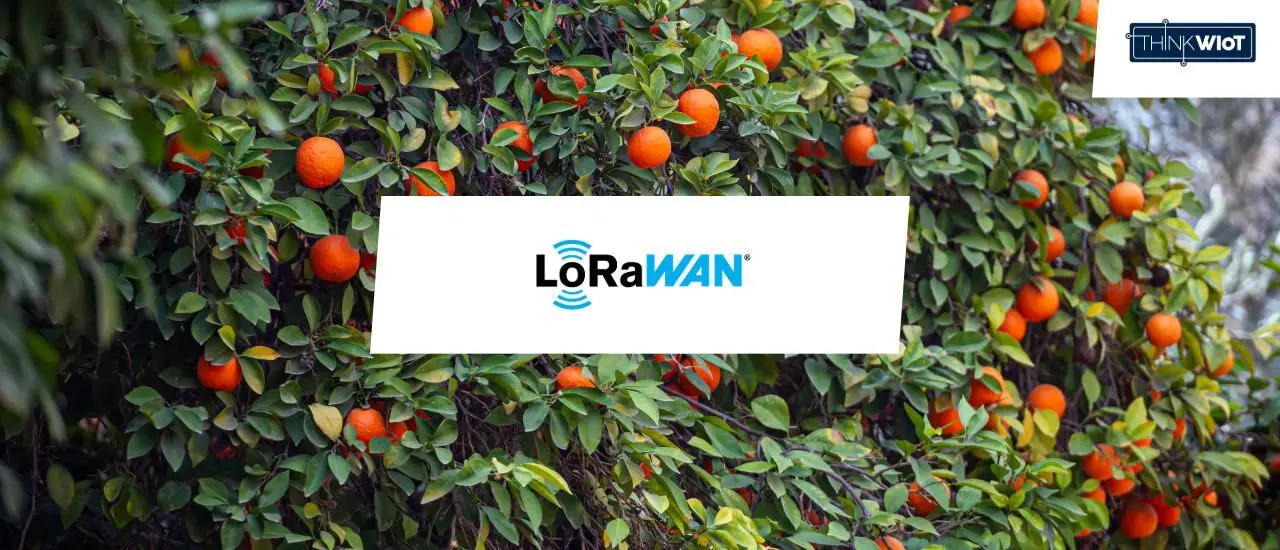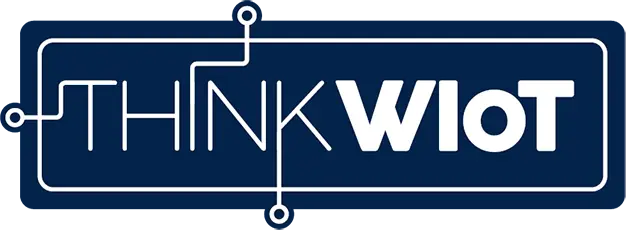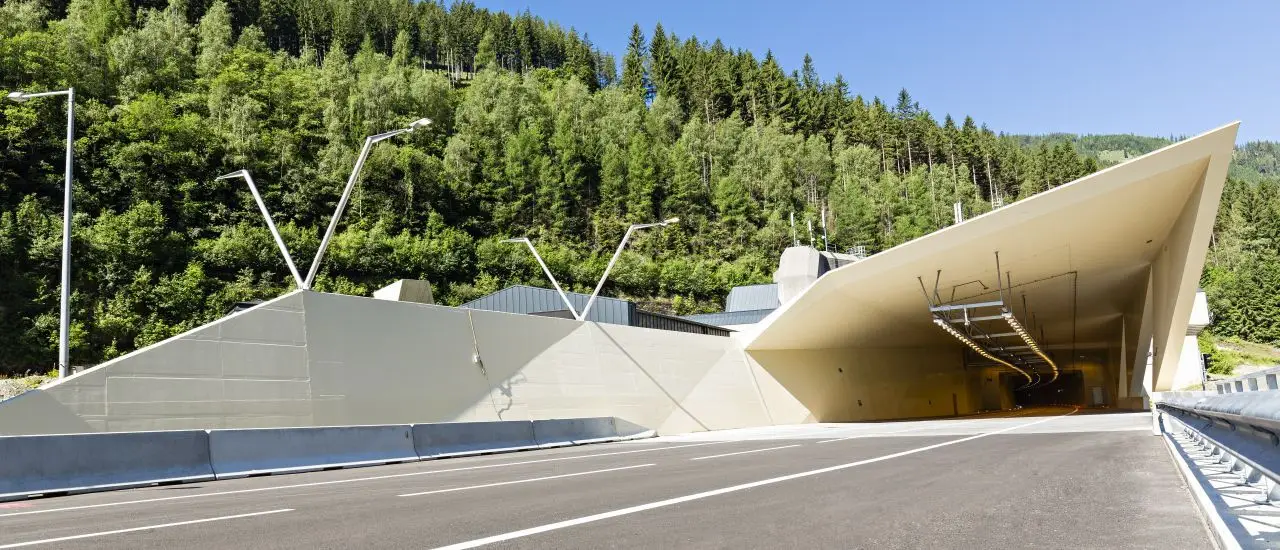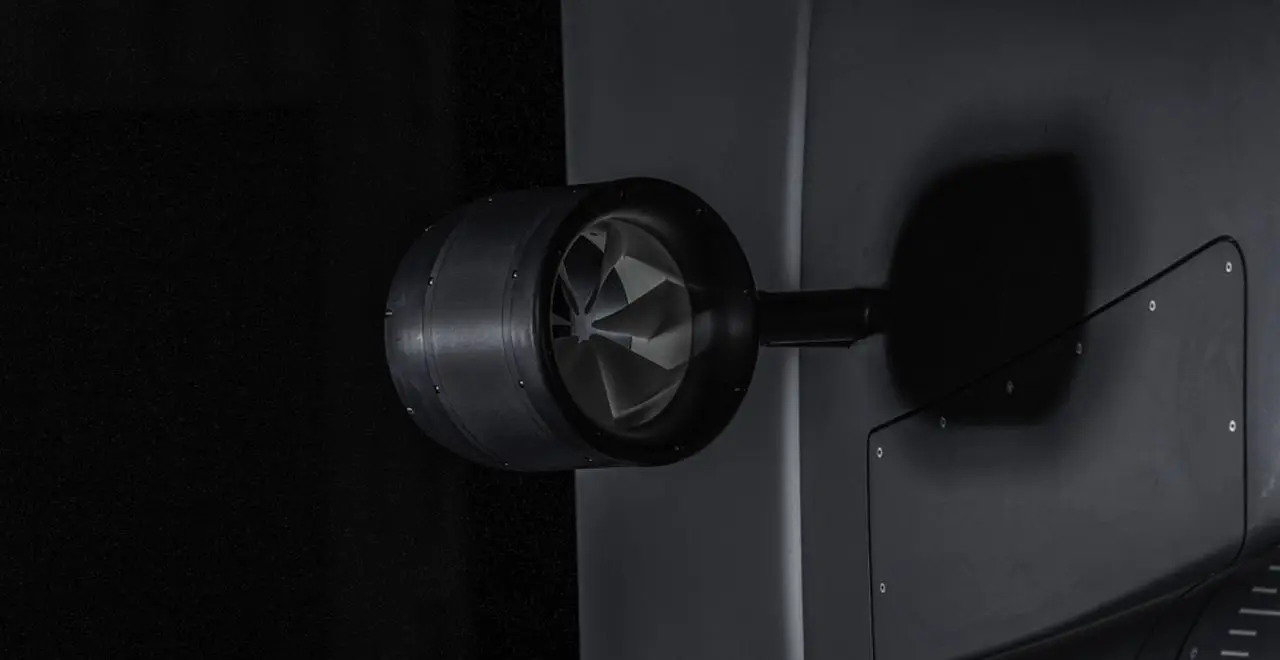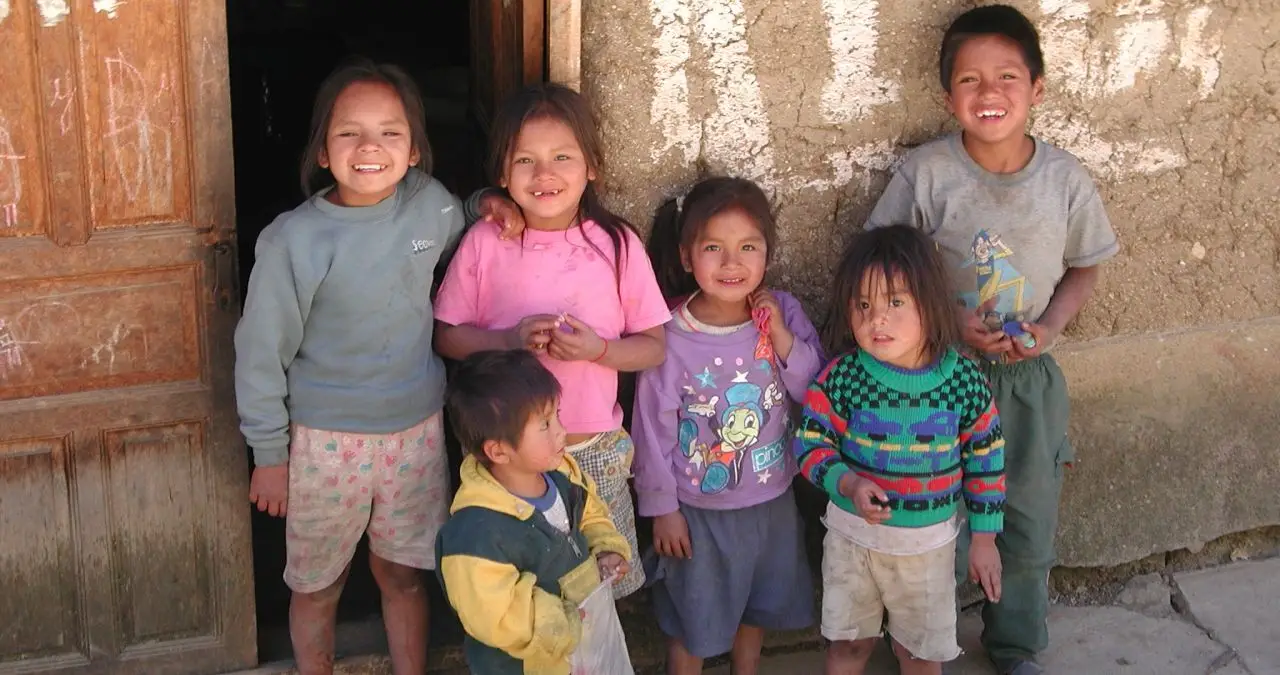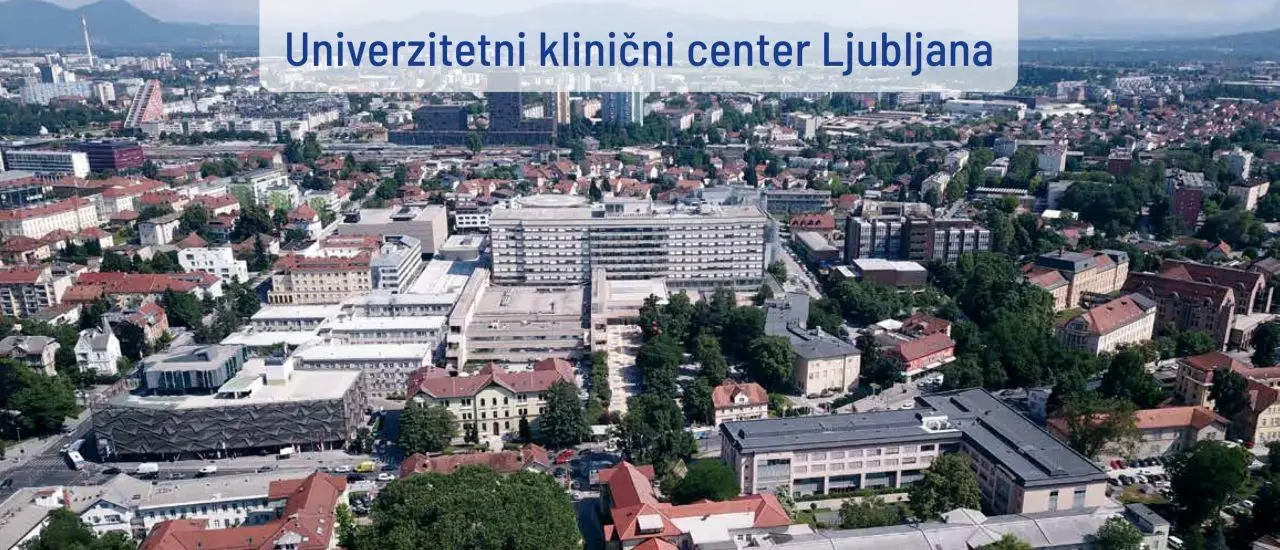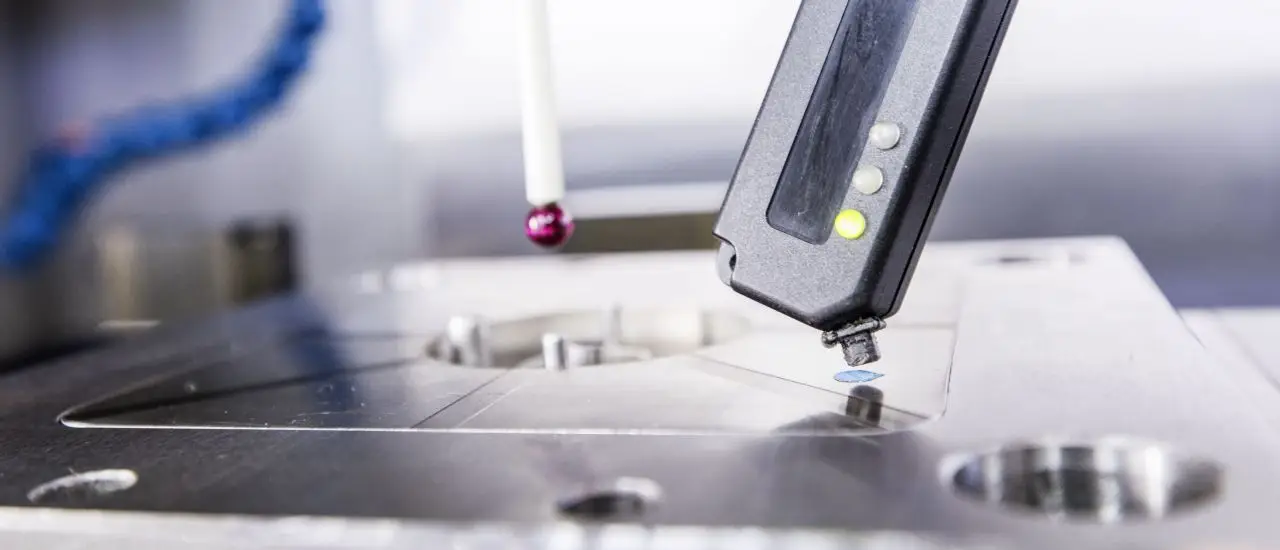- AgriLink deployed battery-powered LoRaWAN sensors to monitor soil moisture, air temperature, and humidity in an orange test field.
- Real-time visualization and threshold alerts enable farmers to make more informed irrigation decisions and reduce unnecessary water use.
- LoRaWAN is effective for long-range, low-power telemetry but is limited for direct actuator control due to latency and constrained downlink.
- Wi‑Fi HaLow is proposed as a future upgrade to provide secure, low-latency bidirectional links suitable for automation and OTA management.
Morocco is one of North Africa’s most water-scarce countries. Agriculture, which consumes over 85% of the nation’s water, is under growing pressure to manage resources more efficiently. The AgriLink project in Safi demonstrates how wireless IoT technologies can offer targeted support. Battery-powered LoRaWAN sensors were deployed to create a smart monitoring system for irrigation, providing real-time data on soil moisture, air temperature, and humidity.
While irrigation decisions are still made by humans, the first steps toward automation have been taken. Future expansions with Wi-Fi HaLow could enable more precise and automated control—an important path forward for sustainable agriculture.
Why Smart Irrigation Matters in Morocco
With growing demand from agriculture, industry, and cities, Morocco faces mounting challenges in managing its scarce water resources. Climate change and prolonged droughts have only worsened the situation, making smart water use more important than ever.
Inside the AgriLink Project
Launched in 2020 in the coastal city of Safi, AgriLink (Agricultural Knowledge: Linking Farmers, Advisors and Researchers) is a digital monitoring and optimization system for agricultural irrigation. For the first time, battery-powered LoRaWAN sensors were used in a test field for citrus cultivation at ENSA Safi University to collect key environmental data.
By 2025, Moroccan and Italian researchers presented an enhanced, LoRaWAN-based IoT system for intelligent water management—a major step toward data-driven, resource-efficient agriculture. (original research article).
From Europe to Morocco: The AgriLink Initiative
Originally funded by the EU (2017–2021), AgriLink aimed to foster sustainable agricultural innovation based on the AKIS (Agricultural Knowledge and Innovation Systems) framework. The project has since been adapted to Morocco, promoting knowledge transfer, digital advisory tools, and technological integration—exemplified by the LoRaWAN pilot in Safi.
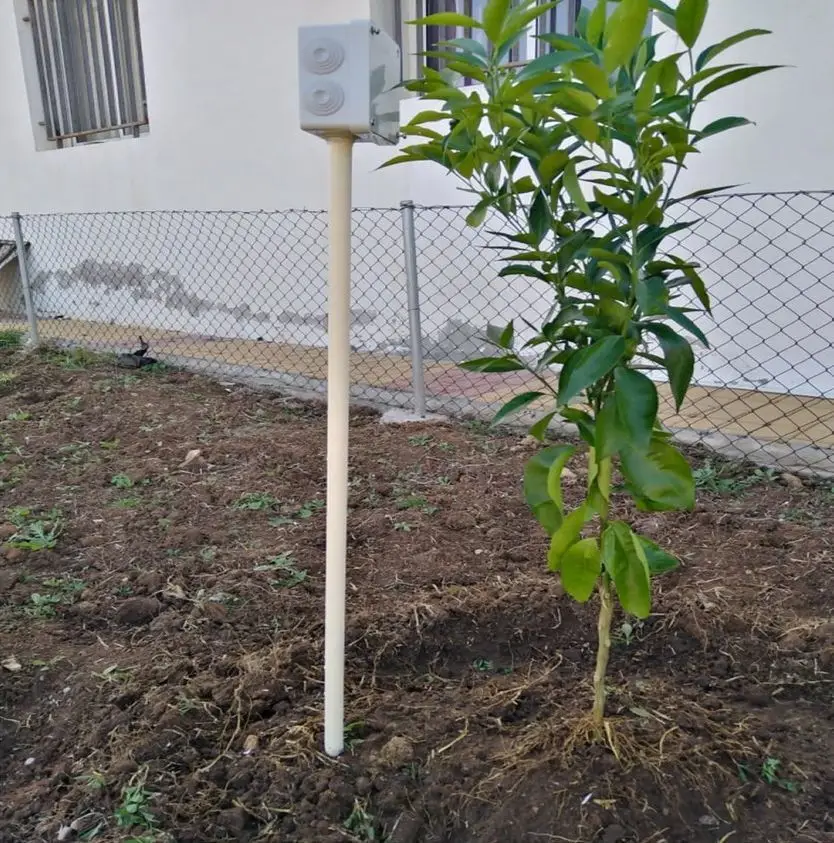
LoRaWAN Sensors in the Field
Two soil sensors were installed in the test field (orange plantation) to deliver regular measurements of:
Soil moisture
Air temperature
Air humidity
The data is transmitted via LoRaWAN, an energy-efficient long-range wireless protocol, to a nearby gateway and then uploaded to the AgriLink data platform.
Real-Time Data for Better Decisions
The AgriLink platform visualizes real-time measurements. Farmers can define their own threshold values—e.g., for low soil moisture—and receive automated alerts when irrigation is recommended. The platform enables more informed decisions, helping to prevent overwatering and unnecessary water loss.
Manual Control – For Now
Currently, the system does not automate irrigation directly. Farmers receive recommendations but remain in control. Direct connections between the platform and pumps or valves were not part of the Safi pilot but are technically feasible.
Limits of LoRaWAN for Automation
LoRaWAN excels at transmitting sensor data wirelessly—especially in rural or large-scale areas. However, it is less suitable for direct control of actuators (e.g., pumps or valves) due to:
Asynchronous communication
High latency
Limited downlink capacity
This makes full automation difficult without additional hardware or localized control systems.
Next Step: Wi-Fi HaLow Integration
Future expansions of AgriLink or similar projects could benefit from Wi-Fi HaLow (IEEE 802.11ah), which combines:
Sub-GHz range with WPA3-grade security
Bidirectional communication with low latency
Data rates up to 43 Mbps (with 8 MHz bandwidth)
Low power consumption, even on battery
These features make Wi-Fi HaLow ideal for the next level of smart irrigation—such as remote pump control, OTA firmware updates, or real-time integration with decision-making software.
Conclusion: IoT for Sustainable Agriculture
The AgriLink pilot project in Safi shows how wireless IoT technology can actively address urgent environmental challenges. LoRaWAN is a strong entry point for digital agriculture, especially in regions with limited infrastructure.
For advanced use cases requiring more data, bidirectional communication, or direct control, Wi-Fi HaLow offers a future-proof upgrade—especially for larger farms or municipal smart farming initiatives.
